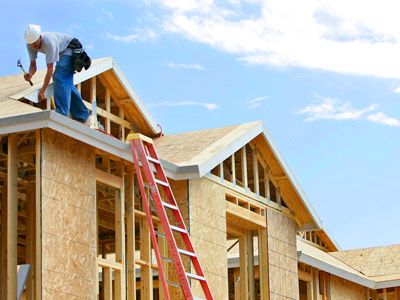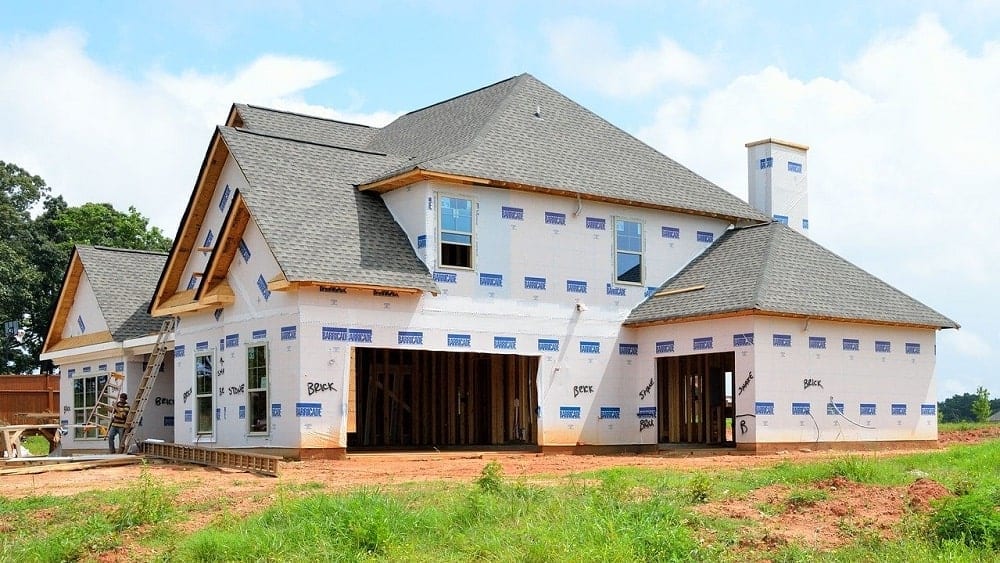Full-Service General Contractor Indiana for Total Property Improvements
Full-Service General Contractor Indiana for Total Property Improvements
Blog Article
How a General Service Provider Can Transform Your Usual Areas Into Useful Rooms
The makeover of typical locations into functional spaces is a nuanced procedure that requires a general specialist's proficiency in evaluating specific area requirements and making customized options. By thinking about aspects such as design, access, and aesthetic charm, a service provider can develop atmospheres that not only offer sensible purposes but additionally foster community interaction. With effective task management and adherence to high quality standards, these renovations can significantly boost user experience. The intricacies entailed in balancing layout and capability increase important inquiries about finest methods and possible challenges that value further exploration (Bathroom Remodeling Indiana).
Assessing Current Common Area Requirements
When examining common areas, it is important to determine and comprehend the specific demands of the area they offer. This process starts with a complete analysis of existing use patterns, which involves event information walking website traffic, peak use times, and tasks happening within these spaces. Engaging with neighborhood participants via studies or conferences can provide important insights into their preferences and challenges.
Following, it is important to think about the group composition of the community, consisting of age, way of living, and any type of special needs that might impact just how these rooms are made use of. For example, family members with little ones might need play areas, while older adults might prioritize ease of access functions.
Furthermore, examining the existing facilities and amenities is essential. Recognizing areas that are underutilized or in requirement of repair service can notify potential enhancements. Teaming up with stakeholders, such as residential or commercial property managers and neighborhood organizations, guarantees that the assessment mirrors an extensive understanding of the community's demands.
Inevitably, a precise assessment of current usual location needs lays the foundation for efficient transformations, permitting the development of rooms that promote engagement and boost the general lifestyle within the area.
Designing for Capability and Aesthetics
A thorough understanding of neighborhood requires establishes the stage for reliable style that stabilizes functionality and looks alike locations. Successful style needs a thoughtful approach that takes into consideration both the useful uses the space and the visual allure that enhances the atmosphere.
Useful design requires developing areas that accommodate the certain activities and communications of the community. This might consist of flexible seating plans for events, accessible paths for individuals with flexibility challenges, or assigned areas for entertainment tasks. Each element needs to offer an objective while making certain convenience of activity and convenience for customers.
The choice of shades, materials, and lighting can substantially affect the understanding of an area. In addition, straightening the layout with the neighborhood's cultural identity can cultivate a feeling of belonging and pride.
Budgeting and Resource Allotment
Efficient budgeting and resource allocation are vital parts in the successful transformation of usual locations. A well-defined budget plan lays out the economic specifications within which the project must operate, guaranteeing that costs are regulated and resources are efficiently used. This begins with an extensive assessment of task requirements, including layout aspects, materials, and labor.

A basic service provider plays an important function in this phase, teaming up with stakeholders to establish reasonable budget plan quotes that align with the desired vision. By prioritizing vital functions and exploring cost-efficient options, the professional can maximize spending without jeopardizing quality.
Source allowance involves strategically appointing personnel, tools, and materials to various phases of the task (Kitchen Remodeling Indiana). This requires cautious preparation to avoid hold-ups and make certain that each part is provided on schedule. In addition, routine surveillance of expenses against the budget plan aids to identify prospective overruns early, enabling timely changes
Managing Building Process Efficiently
Managing the building and construction process effectively is essential for achieving timely task completion and maintaining budget integrity. A well-coordinated method involves thorough preparation, clear communication, and reliable source administration. General professionals must develop a comprehensive job timeline that describes each phase of building, permitting the identification of possible traffic jams and important landmarks.
Normal progression conferences are critical for keeping all stakeholders notified and aligned. These conferences help with the timely resolution of concerns, ensuring that the task remains on track. Additionally, utilizing task administration software application can enhance interaction, track development, and manage documents, lowering the likelihood of hold-ups and misunderstandings.
Reliable source appropriation is likewise paramount. By making certain that materials, labor, and tools are readily visit the site available when needed, basic service providers can avoid expensive interruptions. Applying a proactive strategy to run the risk of management more improves performance, as it enables the identification and reduction of potential challenges prior to they intensify.

Making Certain Compliance and Top Quality Standards
Conformity and high quality criteria are fundamental to the success of any type of building and construction job, guaranteeing that the ended up spaces not only satisfy client expectations yet also follow governing requirements. A basic specialist plays a critical function in applying these standards throughout the building and construction process.
First, it is vital for the service provider to remain upgraded on local building regulations, safety guidelines, and sector finest techniques. This knowledge enables them to direct style selections and material choices that line up with conformity requirements. Routine inspections and top quality assessments during the construction phase aid to recognize possible concerns early, mitigating expensive hold-ups and revamp.
In addition, a credible basic contractor promotes a culture of quality among workers and subcontractors. This can be accomplished by offering training on compliance protocols and executing strict top quality control actions. By developing clear communication channels, the specialist can make certain that every person included comprehends their responsibilities regarding conformity and high quality.
Conclusion
To conclude, the function of a general contractor in changing usual locations into practical areas is pivotal. With a comprehensive evaluation of area demands, thoughtful style, meticulous budgeting, and efficient project have a peek at this website monitoring, these experts can create atmospheres that boost usability and aesthetic appeal. Adherence to conformity and high quality requirements better makes certain that rejuvenated rooms not only satisfy the expectations of stakeholders yet also foster involvement and enrich the total experience for all customers within the community.
The makeover of common locations right into functional rooms is a nuanced process that needs a basic contractor's know-how in assessing certain community requirements and creating customized solutions. By thinking about variables such as design, accessibility, and aesthetic charm, a contractor can produce settings that not only serve sensible functions however likewise foster area engagement. General professionals have to develop a comprehensive job timeline that outlines each phase of building, allowing for the recognition of vital milestones and possible traffic jams.

Report this page